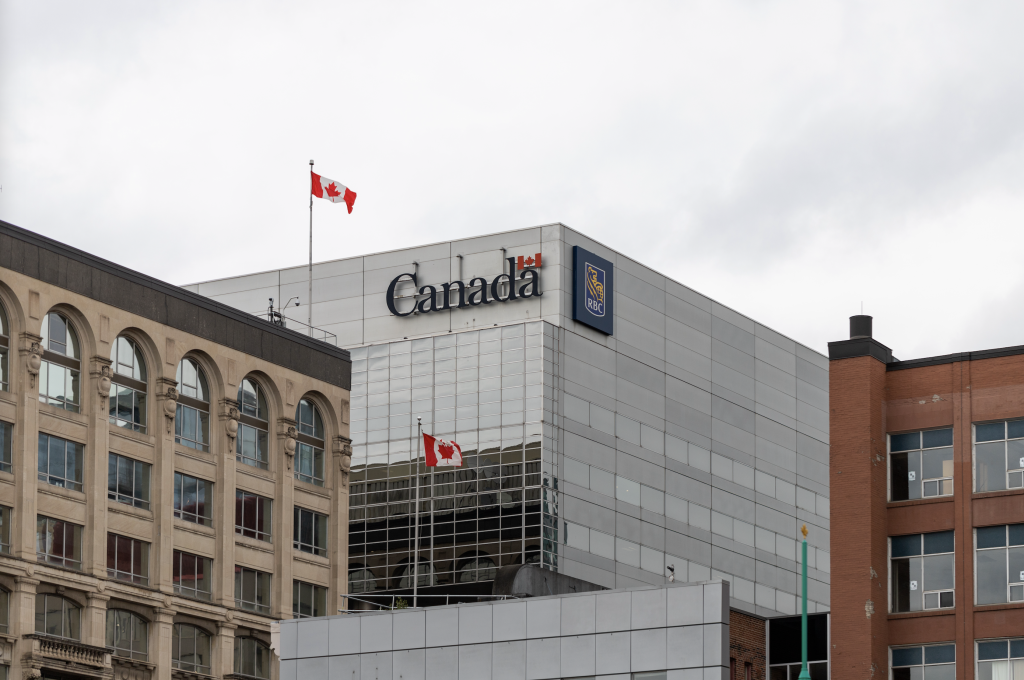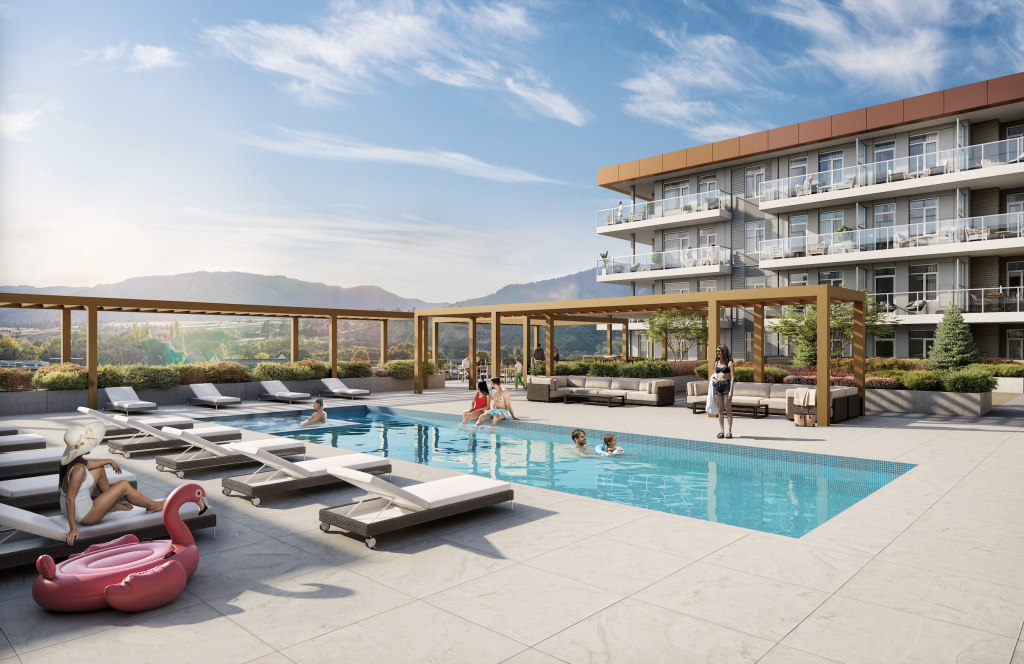Home Buying, Market Intelligence, Your Next Home
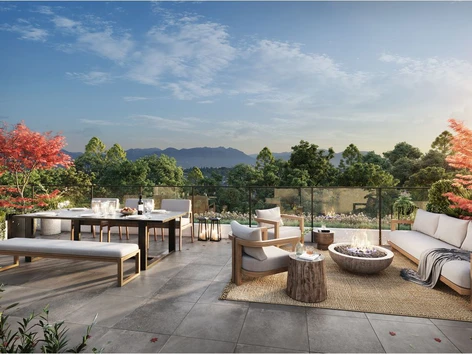
The pandemic has shifted our wants and needs when it comes to space,” says Jamie Squires, president at Fifth Avenue Real Estate Marketing in Vancouver.
The Revive development by Belford Properties in Vancouver features a rooftop garden and such unique amenities as a two-level water filtration system for the building.
Shifts in architectural and interior residential design can seem to materialize magically. Suddenly, new-build projects all have rooftop patios or purpose-built recycling centres or dedicated yoga spaces — all of which seem plucked from the mind of a creative visionary or the feeds of social media apps. In actuality, many practical and social factors precipitate a significant shift in residential design.

Though certainly not the only significant, influential event, the last two years of living with COVID compelled people to use their living spaces differently — for work, study, and retreat — and that in turn led to reassessing how we can best utilize space in our homes.
“The pandemic has shifted our wants and needs when it comes to space,” says Jamie Squires, president at Fifth Avenue Real Estate Marketing in Vancouver. “People are wanting more efficient space than prior to the pandemic as their home has now taken on several functions.”
Shane Styles, president of Epic Real Estate Solutions in Kelowna, concurs, “(It’s about) being focussed on how we’re going to make our homes more liveable and more efficient.”
Tony Zarsadias, CEO of Island Realm Real Estate in Victoria, believes working from home will be a permanent (though perhaps not full-time) change. To be competitive in attracting workers, employers will need to allow a split between time in the office and working remotely. Homes will need to be tailored for this purpose.
Residents at Casman Properties’ Regatta Park, which recently sold out in north Saanich, will enjoy a shared community garden.
“People having these professional workspaces within their homes or within their (condo) buildings is super important,’ Zarsadias says. “So, yes, that dedicated space is critical. It’s not just sound transfer.
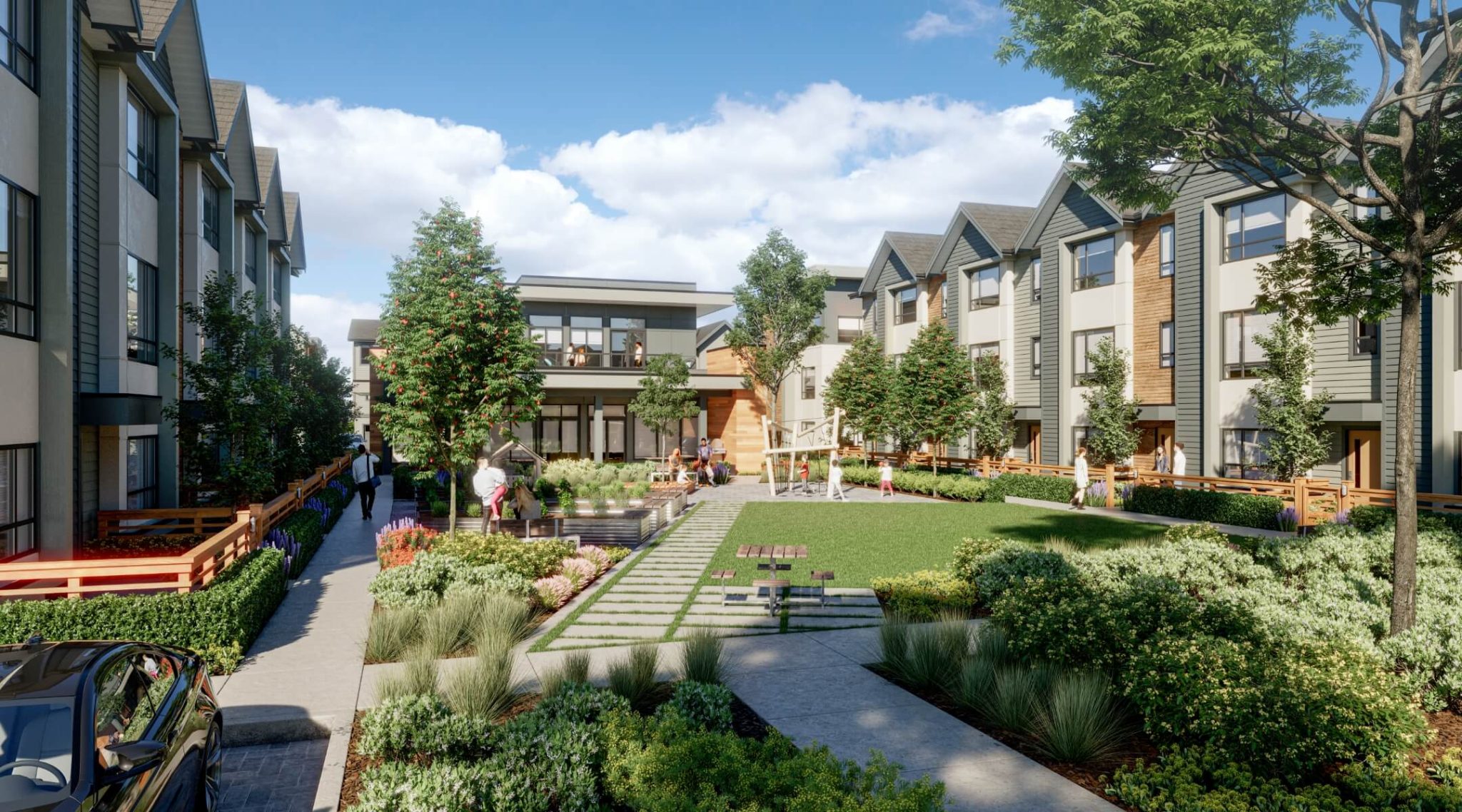
It’s also natural light. Even the way homes are being wired is changing. You may be wireless, but how many people have lost a Zoom call because of poor wireless signal?”
This trend is already showing up in many new builds like The Hive, Apcon’s development in Langley, which will feature a communal workspace with a board room, a video call room and individual workstations.
In addition to living space functionality, buyers are also concerned about how living spaces can affect their health, according to Jacky Chan, CEO of BakerWest Real Estate in Vancouver, adding that developers are already addressing that concern.

It’s also natural light. Even the way homes are being wired is changing. You may be wireless, but how many people have lost a Zoom call because of poor wireless signal?”
This trend is already showing up in many new builds like The Hive, Apcon’s development in Langley, which will feature a communal workspace with a board room, a video call room and individual workstations.
In addition to living space functionality, buyers are also concerned about how living spaces can affect their health, according to Jacky Chan, CEO of BakerWest Real Estate in Vancouver, adding that developers are already addressing that concern.

This artist’s rendering shows a suite in the Concord Metrotown development in Burnaby by Concord Pacific, where retractable windows around balconies will be used to expand living space.
“They have been incorporating very unique things like a much higher level of air filtration systems in their buildings,” Chan says. “The HVAC system will be incorporated with much higher-level air filtres. We have sold projects that go as high as level MERV 13, which is the highest level of air filtration that you can go before you hit the medical levels that they use in the hospitals.”
A recent project that Chan’s firm sold, REVIVE by Belford Properties, introduced a unique two-level water filtration system for the building. “We had water filtration (that) when it came in from the mainline it’s filtered once, and when it goes to the kitchen sink, it’s filtered again.”
Location, specifically regional location in the province, affects what design trends are incorporated in a new building project. Owing to a more temperate climate, areas like Victoria and parts of the Lower Mainland have seen the use of retractable windows around balconies to expand living space (Concord Pacific’s Metrotown, and Oasis in Burnaby and Hayer Town Centre in Langley).

Even multi-family projects are incorporating communal rooftop decks as part of the amenity package to increase access to outdoor space beyond individual balconies. Some developments have expanded outdoor space by including communal garden plots around the property or on rooftops.
“One of the buildings we recently sold out in north Saanich, near Sidney (Casman Properties’ Regatta Park), had multiple garden plots, Zarsadias recalls. “They’re just in a shared community garden. There was no rule for what people could or couldn’t do.”
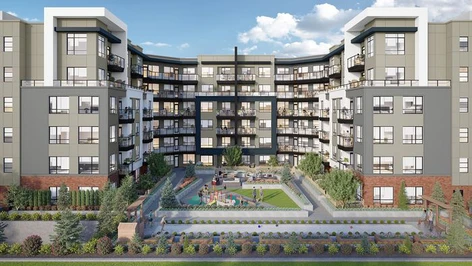
Amenities at The Hive, Apcon’s development in Langley, will include an outdoor play area, communal workspace with a board room, a video call room and individual workstations, ideal for those who are working from home.
“The goal is to lower the carbon footprint and energy consumption,” he explains. “It’s the most energy-efficient and sustainable engineering design for a dwelling. This is going to be a new flagship for Vancouver and will alter the skyline.”
Making the most of multi-generational living | Vancouver Sun
Read the original article here written
Home Buying, Market Intelligence, Real Estate News
June 2024 – Fraser Valley Real Estate Market Snapshot
Read moreHome Buying, Real Estate News, Your Next Home

